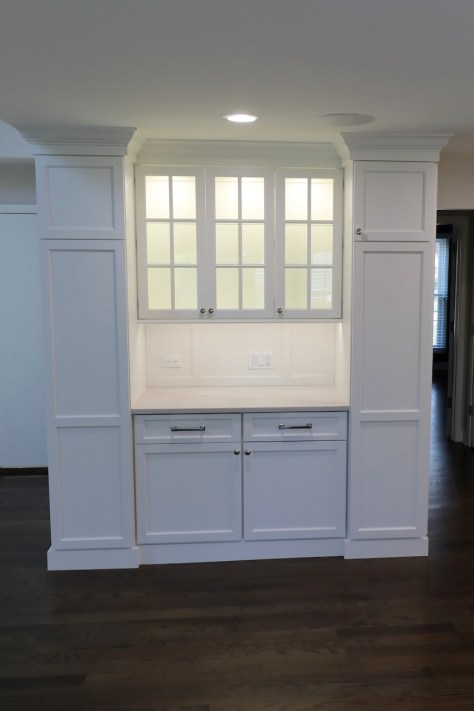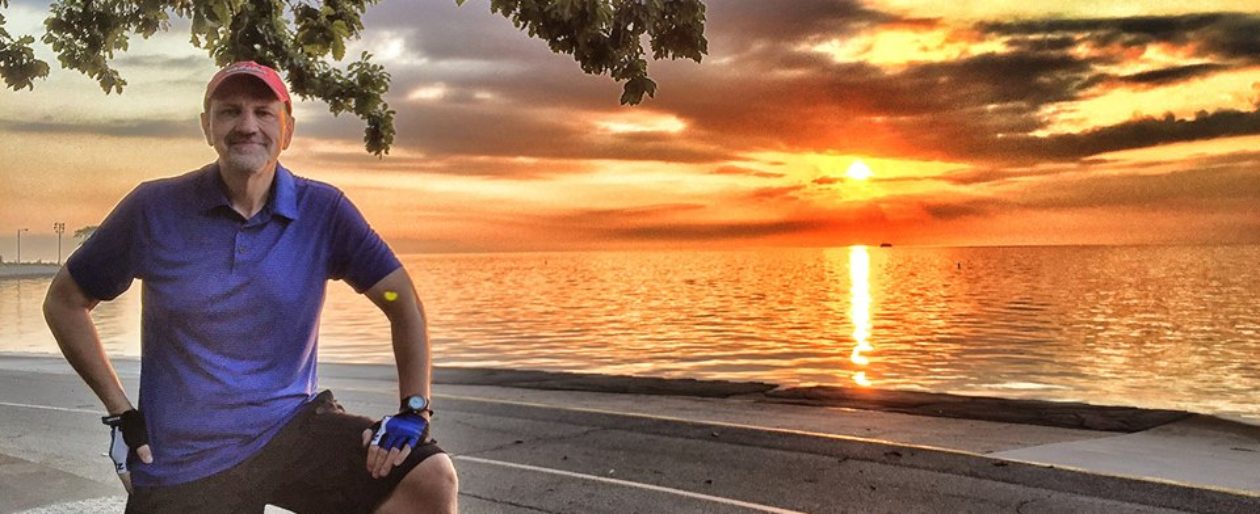My photography career started in the 8th grade when I received a Kodak Instamatic point-and-shoot camera as a graduation gift. Since I had the only camera in the house, I became the de facto photographer for important occasions. My family told me that I had a knack for taking pictures at that time. Honestly, I don’t know if that was true or if it was just a way to appeal to my narcissism. Let me know that you like something I’m doing, and I’ll likely continue doing it for you.
My picture-taking career continued, and over those early years, I bought a film camera or two, including a decent 35 mm one. I didn’t know how to use it and only shot in automatic mode. At that time, I didn’t realize that I could alter the photo in many ways, simply by a turn of a knob or a press of a button.
Fast forward to the 1990s. For whatever reason, I started to make educational videos using consumer-grade video equipment. I built an editing suite in my basement that consisted of tape players, time-based correctors, character generators, and more. A rat’s nest of wires connected everything. Those were the analog days, and although I got the system to work, I was always unhappy with the final product. Each time I ran a signal through a different machine, the resulting image degraded slightly. My videos looked OK but needed to look more professional.
In the early 1990s, I remarried and started a yearly Christmas newsletter. The format included a family update, recipe, and photos. Initially, preparing the photos was a drag. I would take them with a film camera, have the film developed, scan the images to digitize them, and then insert the digital copies in my newsletter software. I wanted a faster workflow, so I decided to jump on the bandwagon of the new digital cameras hitting the market. I entered a local camera shop and left with a $700 Kodak instant digital camera. It was a rectangular box with a button that didn’t even have a viewing screen. What was its resolution? A not-so-mighty 0.3 MP! Yet, it was so cool to take a photo and instantly use it or send it to someone via email. These were the years before smartphones, multimedia text messages, and FaceTime.
My video work continued, and I went from analog to digital editing. I couldn’t afford a proper video editing computer, so I taught myself and built my own. By going digital, I no longer had any loss in video quality, and I was able to produce very high-quality videos. That started another small chapter in my life and I launched a successful production company that made educational videos and CMEs (continuing medical education) materials for professionals. It was a fun little gig, but video work was highly time-consuming, and eventually, I became bored with the process. I didn’t have a passion for video.
Taking pictures was infinitely more interesting to me. Photographs felt like art. Sometimes, that art was a beautiful or exciting scene; at other times, it was possible to tell an entire story in a single frame. Either way, being a photographer was wonderful. My camera purchases progressed from that simple point-and-shoot to cameras with all sorts of bells and whistles.
Like most disciplines, the more you do them, the better you get at them. Soon, I was snapping portraits, doing corporate work, and shooting events. It was a lot of fun. Each type of photography involves its own set of rules and techniques. If you know me, you know that I love to learn, and photography offered me endless opportunities.
If you have been reading this blog, you know I have a friend named Tom. I met Tom around eleven years ago, and we became fast friends around nine years ago. On the surface, we appear to be very different, but we share many common interests. That said, Tom has many skills I lack and vice versa. I call on Tom for his help, and he calls on mine for my help.
Tom is a general contractor who does craftsman-level work. Although he is happy to do just about any job, he enjoys significant renovation projects, including those caused by fires and floods. He hired photographers to record some of his completed projects in the past, but their final images were only so-so. Years ago, I took over that role and once again I had to learn a new set of rules and techniques. After all these years knowing Tom, I have a basic understanding of construction, and combining that knowledge with the creative process of picture-taking has been a joy.
Tom is just finishing a significant flood restoration job in a Naperville home. The owners were on vacation when a second-floor toilet started to leak. The flooding destroyed the upstairs bathroom and severely damaged four bedrooms. The main floor was more compromised, and the kitchen, powder room, parts of the family room, parts of the dining room, the laundry room, and the first-floor study had to have hardwood floors removed and walls stripped to their studs. The enormous finished basement didn’t fare any better, with significant damage to the floor, ceiling, closets, and walls.
The house was uninhabitable and required a complete restoration. Tom is capable of such tasks, and his efforts gave the homeowners a modern and beautiful home. I took before-and-after shots of the entire project and wanted to share the shots of the kitchen and family room in this post.
People used to ask me if I was bored being retired. Although every day is Saturday, every Saturday is a new adventure. There is always something to learn and do.
Here are some shots of the kitchen and family room post flood.





And now the restoration.







Lastly, a plug for my friend, Tom. If you are looking for a general contractor for just about any job, give him at call at Gizmo Home Craft, (630) 585-8369.
Peace!
Mike

